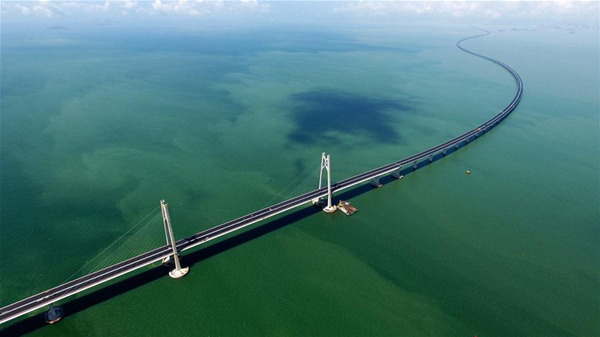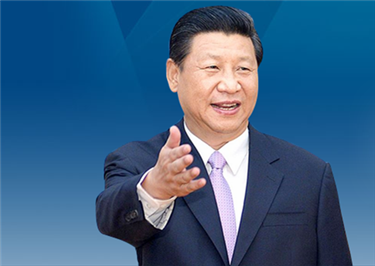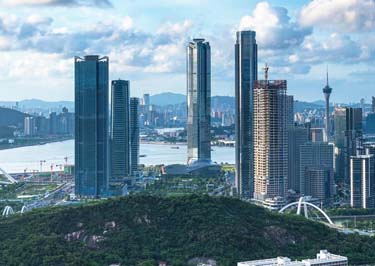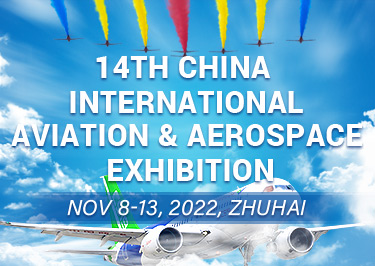China unveils development plan for Greater Bay Area
Chinese authorities on Monday unveiled the outline development plan for the Guangdong-Hong Kong-Macao Greater Bay Area, aiming to develop the region into "a role model of high-quality development."
The plan was released by the Central Committee of the Communist Party of China (CPC) and the State Council.

Photo taken on June 6, 2017 shows the construction site of the Hong Kong-Zhuhai-Macao Bridge in the Lingdingyang waters, south China. [Photo courtesy Xinhua]
Strategic role
The bay area consists of the Hong Kong Special Administrative Region (HKSAR), the Macao Special Administrative Region (Macao SAR), as well as nine cities in Guangdong Province -- Guangzhou, Shenzhen, Zhuhai, Foshan, Huizhou, Dongguan, Zhongshan, Jiangmen and Zhaoqing.
Covering a total area of 56,000 square kilometers, the bay area had a combined population of about 70 million at the end of 2017 and its gross domestic product reached around 10 trillion yuan (1.48 trillion U.S. dollars) in 2017.
"As one of the most open and economically vibrant regions in China, the Greater Bay Area plays a significant strategic role in the overall development of the country," says the plan.
The development of the area is hailed not only as a new attempt to break new ground in pursuing opening up on all fronts in a new era, but also a further step in taking forward the practice of "one country, two systems."
The plan covers the period from now to 2022 in the immediate term and extends to 2035 in the long term.
The plan has 11 chapters: the background, the overall requirements, the spatial layout, developing an international innovation and technology hub, expediting infrastructural connectivity, building a globally competitive modern industrial system, taking forward ecological conservation, developing a quality living circle for living, working and traveling, strengthening cooperation and jointly participating in the Belt and Road Initiative, jointly developing Guangdong-Hong Kong-Macao cooperation platforms, and the implementation of the plan.
World-class city cluster
The plan says the bay area will be turned into a vibrant world-class city cluster, a globally influential international innovation and technology hub, an important support pillar for the Belt and Road Initiative, a showcase for in-depth cooperation between the mainland and Hong Kong and Macao, and a quality living circle for living, working and traveling.
Efforts should be made to build on the four core cities of Hong Kong, Macao, Guangzhou and Shenzhen as core engines for regional development, continue leveraging their comparative advantages in striving for excellence and achievements, and strengthen the radiating effect in leading the development of nearby regions.
Setting development objectives, the plan says by 2022 the framework should essentially be formed for an international first-class bay area and world-class city cluster that is vibrant and highly innovative with an optimized industrial structure, a smooth flow of various factors and a pleasant ecological environment.
By 2035, the bay area should have an economic system and a mode of development mainly supported by innovation, with its economic and technological strengths vastly increased and its international competitiveness and influence further strengthened, it adds.
By then, the markets within the Greater Bay Area should basically be highly connected, with a very effective and efficient flow of various resources and factors of production; the coordination of regional development should remarkably improve, with the influence on neighboring regions further strengthened.
The people should become wealthier; the level of social civility should reach new heights, with cultural soft power demonstrably strengthened, Chinese cultural influence broadened and deepened, and exchange and integration between different cultures further enhanced, the plan says.
Meanwhile, the levels of conservation and efficient use of resources should be significantly improved, the ecological environment should be effectively protected, and an international first-class bay area for living, working and traveling should be fully developed.
Plan hailed
The People's Daily hailed the plan, saying the Greater Bay Area facilitates the enrichment of the implementation of the "one country, two systems," creates more opportunities for the socio-economic development of the two special administrative regions and for Hong Kong and Macao compatriots wishing to develop careers on the mainland.
We must "free our minds, make active explorations and bold trials, and strive to play a pioneering role," the article says.
Both HKSAR and Macao SAR governments issued statements welcoming the promulgation of the plan.
An HKSAR government spokesperson said the Greater Bay Area will help Hong Kong find new drivers for economic growth and advance the diversified development of local economy and industries, as well as expand the living and development space of Hong Kong residents.
"Bay areas play a big role in global economic powerhouses such as the United States and Japan," said Liang Haiming, head of China Silk Road iValley Research Institute. "China's bay area will become a world-leading one and demonstrate the vitality of our systems."
Lin Jiang, vice dean with the Center for Studies of Hong Kong, Macao and Pearl River Delta at Sun Yat-sen University, noted the complexity of building this bay area because different social and legal systems, three separate customs territories and three currencies are involved.
"Such uniqueness brings challenges," Lin said, but adding that they can be overcome by improving the unified mechanism of regional public goods.
Ip Kuai Peng, pro-rector of the City University of Macau, said he is confident that the Greater Bay Area will evolve into a vibrant, innovative world-class area with high efficiency, rich resources, a strong economy, and good opportunities.
"The high degree of resource flow and integration in the area will truly enhance the well-being of Macao residents," he said. "For example, the 'one-hour living circle' will greatly facilitate the life and employment of bay area residents."
Fang Zhou, research director of the Hong Kong-based One-Country-Two-Systems Research Institute, said developing the bay area will provide young people with new opportunities.
It will allow Hong Kong residents to further enjoy the benefits of the country's economic development and sustain Hong Kong's long-term prosperity and stability, he said.







